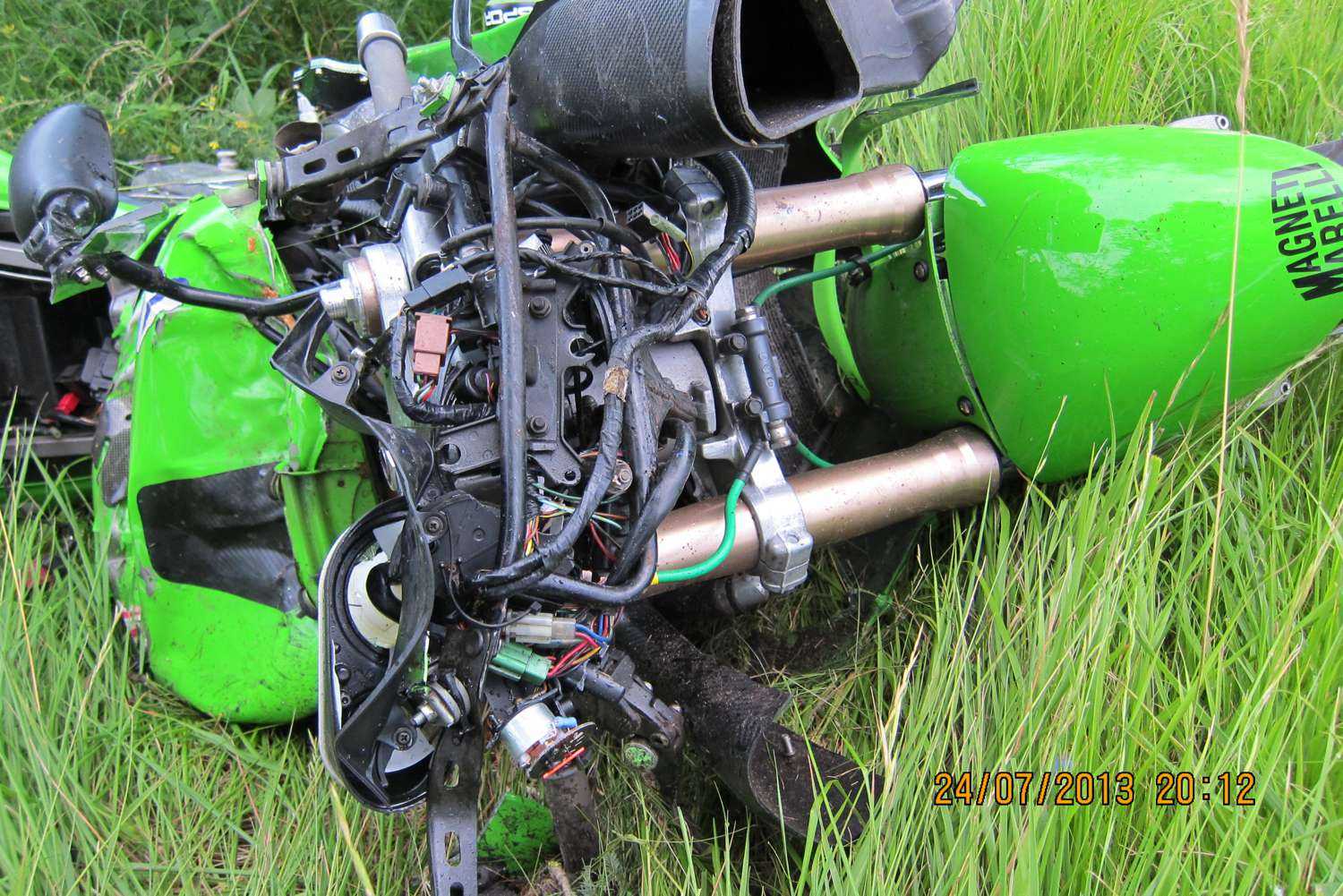
The East Riding Of Yorkshire has a selection of fabulous roads ranging from easy to challenging, the riders that use them are equally as varied.
This collision happened on a warm evening in July 2013, it was midweek and the fine evening had encouraged a surfeit of riders onto the road.
I was patrolling alone on a marked Yamaha FJR as part of Operation Achilles, this Operation is designed to tackle high speed anti-social driving and riding behaviour on the major arterial routes of the East Riding, which lead to high casualty rates and numerous complaints from members of the public.
These roads account for nearly 60% of all fatal and serious collisions in the Humberside Police area with motorcycles accounting for approximately 20% of all fatal and serious casualties despite only being 1% of the motoring population. In addition speed monitoring on these routes have seen nearly 700 vehicles in excess of 85 mph in the space of 2 weeks, with motorcycles accounting for approximately 33% of all offending vehicles. Several vehicles exceeded the 130 mph upper recording threshold of the equipment.
It is no exaggeration to say that many law abiding road users complain of these roads being used effectively as race tracks, with packs of motorcyclists travelling at high speed with little concern for other road users’ safety. Historically offending motorcyclists have almost been immune from prosecution with most speed cameras being forward facing for identification of drivers, speed ‘guns’ having difficulty picking up speeding motorcycles due to their small frontal areas and marked patrol cars being unable to stay with bikes primarily because of safety concerns in respect of passing other traffic. This has led to a culture of the East Riding’s roads being viewed as ideal for anti social high speed riding behaviour.
In order to tackle this, Humberside Police deploy an unmarked high performance camera bike supported by marked patrols to stop offending motorcycles and cars. This tactic has been authorised by Humberside Police Chief Officers and has been widely publicised on television, radio and the press both locally and nationally. This is the core of Operation Achilles and is seen as the only safe way of gathering evidence for this type of offence. The thresholds used by the team mean that only offenders exceeding 85 mph are referred to the courts system and as such these defendants should be considered as high end offenders.
On this balmy July evening I was sent to the B1253 between Sledmere and Fimber; this is a popular through road for bikes joining a couple of main routes through the county.
A Kawasaki failed to negotiate a right hand bend the bike leaving the road to the nearside…
…and once on the grass the rider had little control.
The bike went onto its side hitting this tree…
The bike revolved around this tree…
…Spitting the rider off and catapulting him further down the verge.
Unfortunately for the rider his day got worse as the travelled along the verge he hit these trees…
Ending up here…
The damage caused to these trees was caused by the rider hitting them. Although he was wearing leather, the armour was soft and in effect his body took the bark off the trees, which was similar to the damage caused by his bike!
Rider two on another Kawasaki, who was following rider one, but far enough behind not to see the collision, then hit debris in the road causing him to fall from his bike.
How collision happened
The two riders were part of a group who were travelling to a café at Fimber, they were the last two in the group and the front riders left the café to return to the crash scene.
The road before the crash site is fairly straight, but there is a rise in the road and I know from experience that at a speed over 100mph a motorcycle is affected enough to destabilise it as it enters the bend.
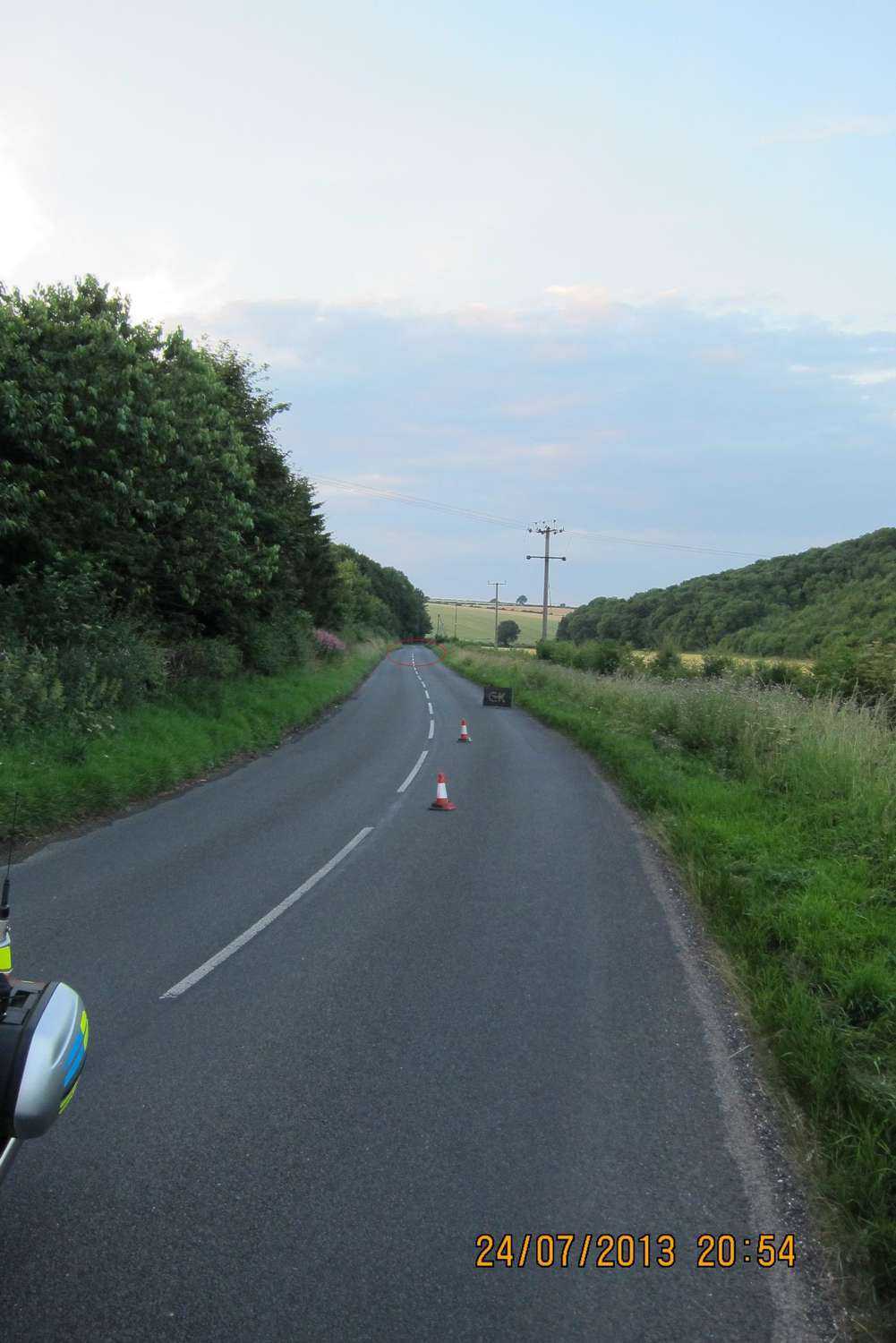
So, the two rear rider were trying to keep up/catch up with the more experienced riders at the front, the combination of their speed and their inexperience caused the crash.
Injuries.
Rider 1, broke his pelvis, tibia and fibula in both legs, sternum, ribs and received a fair amount of battering and bruising.
He was taken to hospital by helicopter, over the next week his condition worsened and a lung collapsed.
His pelvis and legs were pinned and he is now out of hospital, but still on crutches and will never ride again.
Rider 2, a small break to vertebra.
Without doubt rider one only survived due to the medical care he received at the scene and his rapid transportation to hospital.
Air ambulance first responders attend quickly and start to stabilise patients immediately; the Yorkshire Air Ambulance is a charity and without its prompt transport to hospital, many motorcyclists would die, or their condition would worsen and long term effects would be made worse.
The Yorkshire Air Ambulance is an independent charity providing a life saving rapid response emergency service to 5 million people across Yorkshire. They fly seven days a week, 365 days a year, covering a vast landscape that not only includes major cities and motorways, but also rural and isolated locations.
To keep providing this life saving service the charity needs to raise £9990 per day to keep both of their Air Ambulances maintained and in the air. The generosity that they receive is the life blood of the charity and without this generosity, they would not be able to provide the service that they are so proud of.
For more information visit the Yorkshire Air Ambulance website
Graham Pierce Pc1009

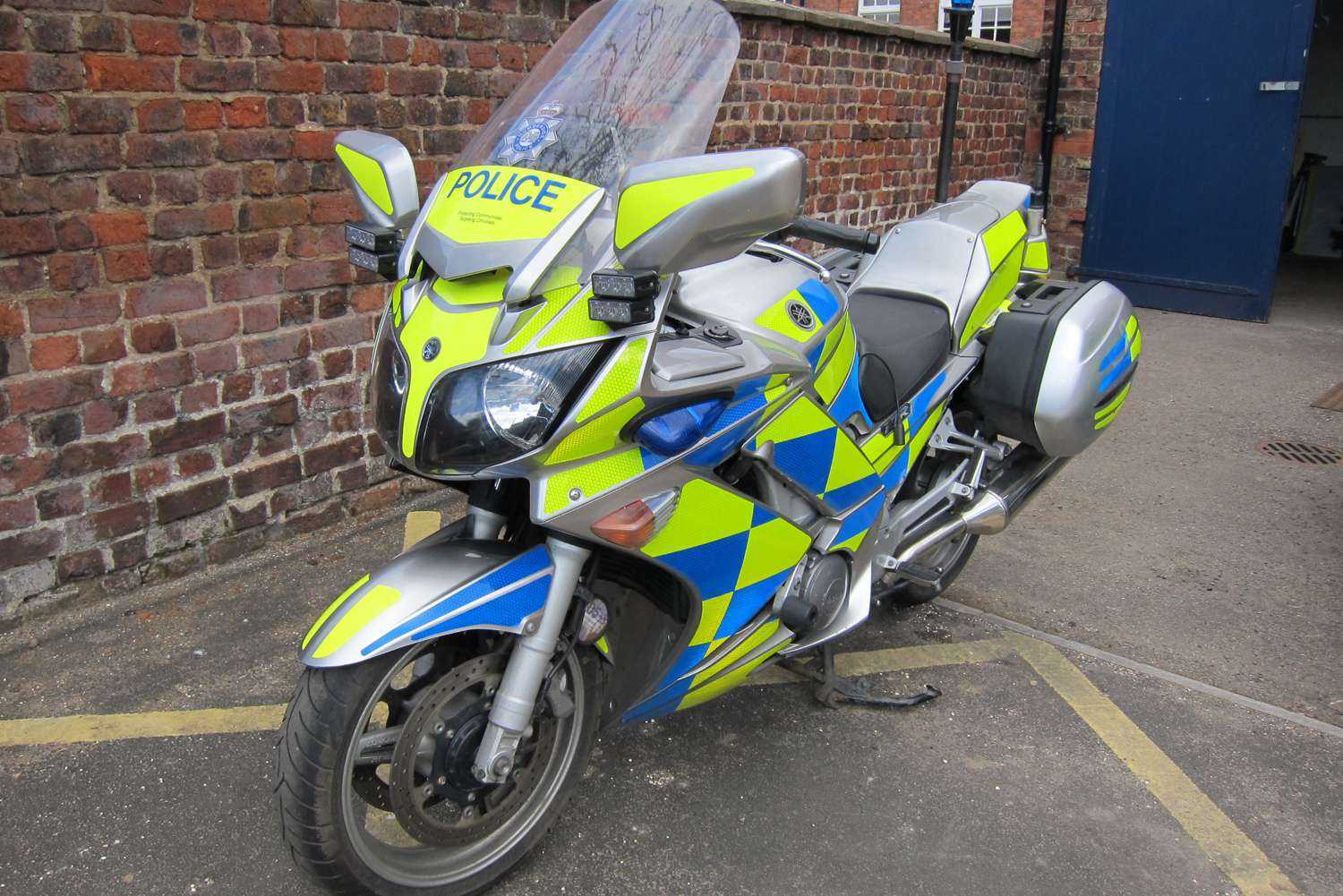
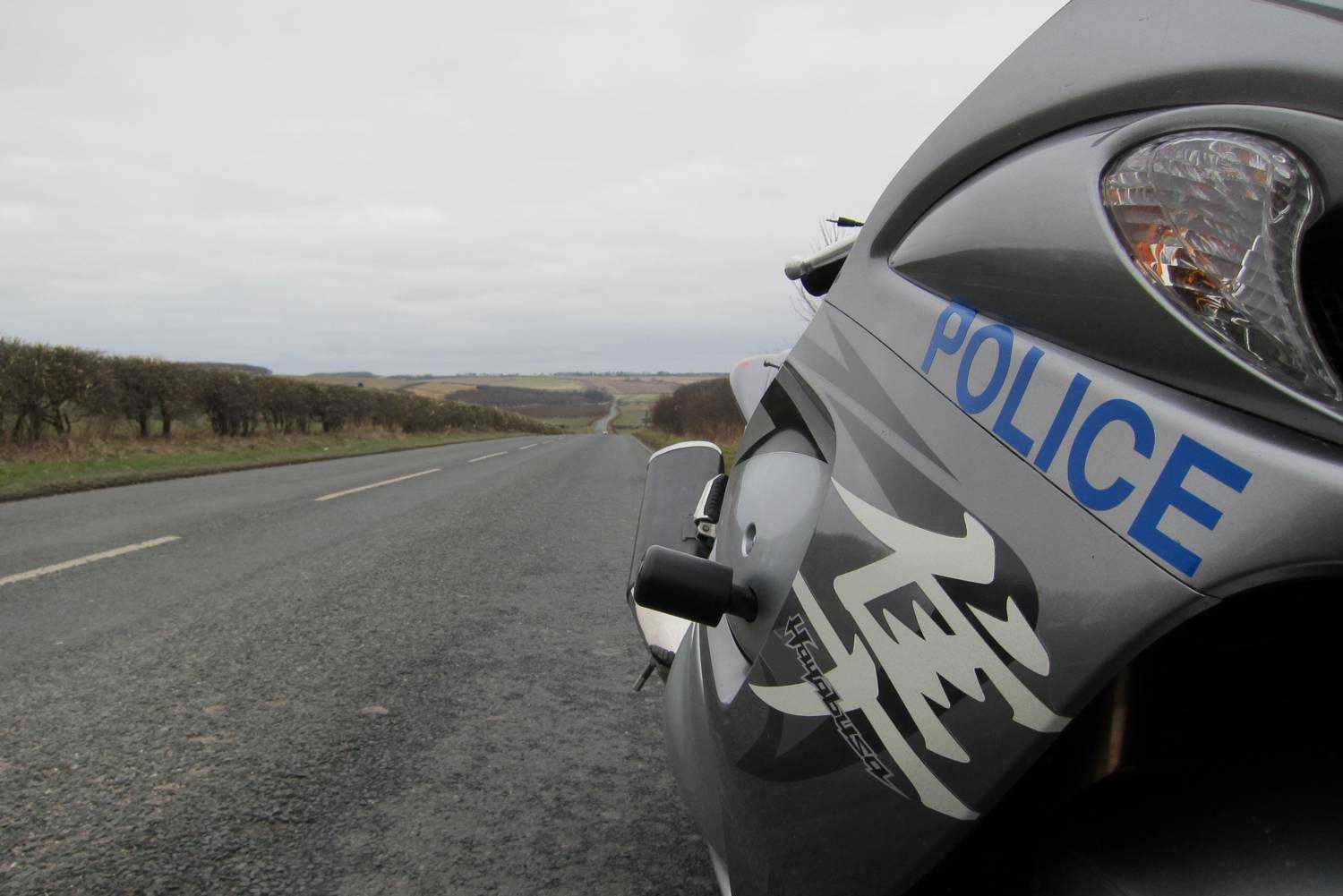
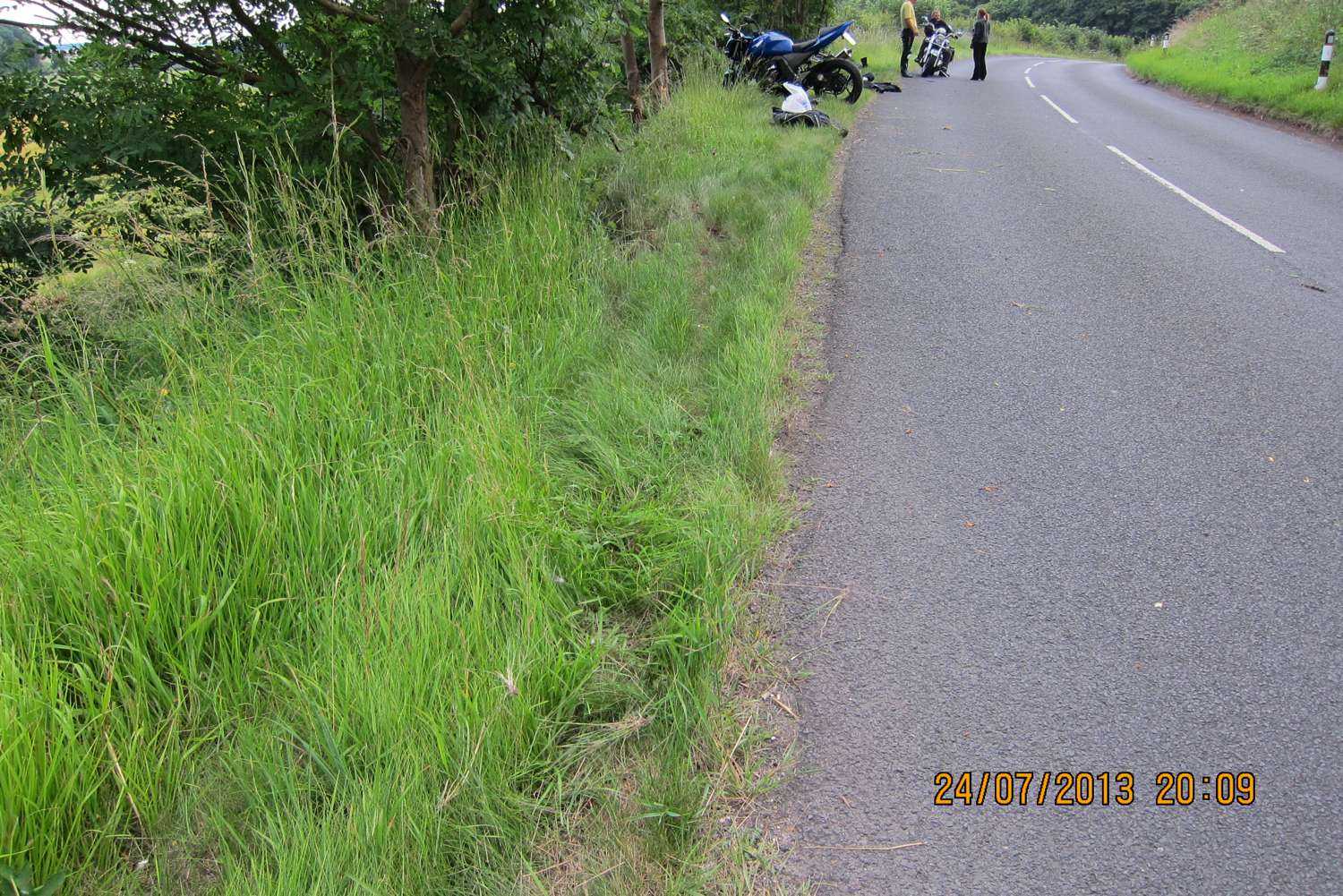
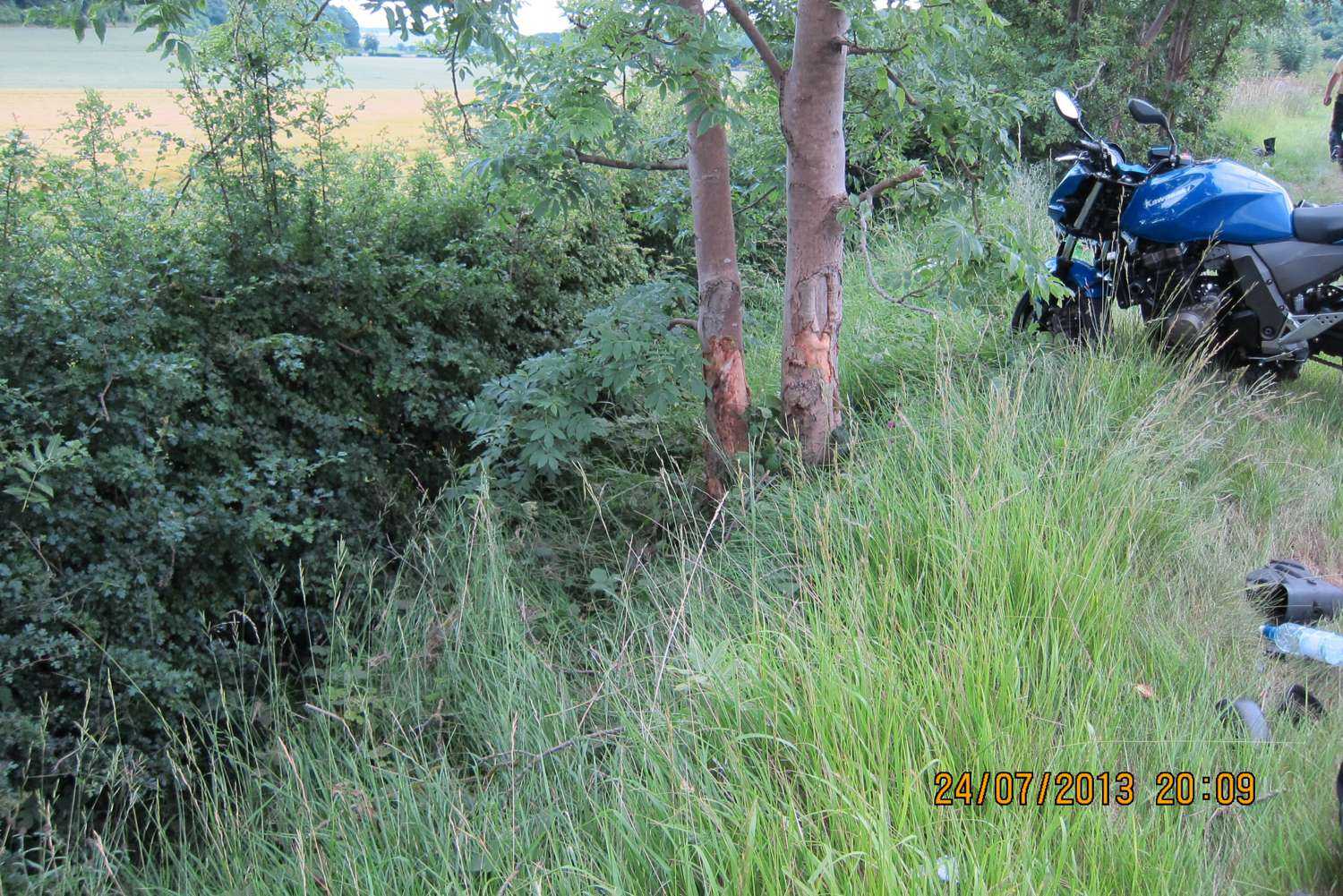
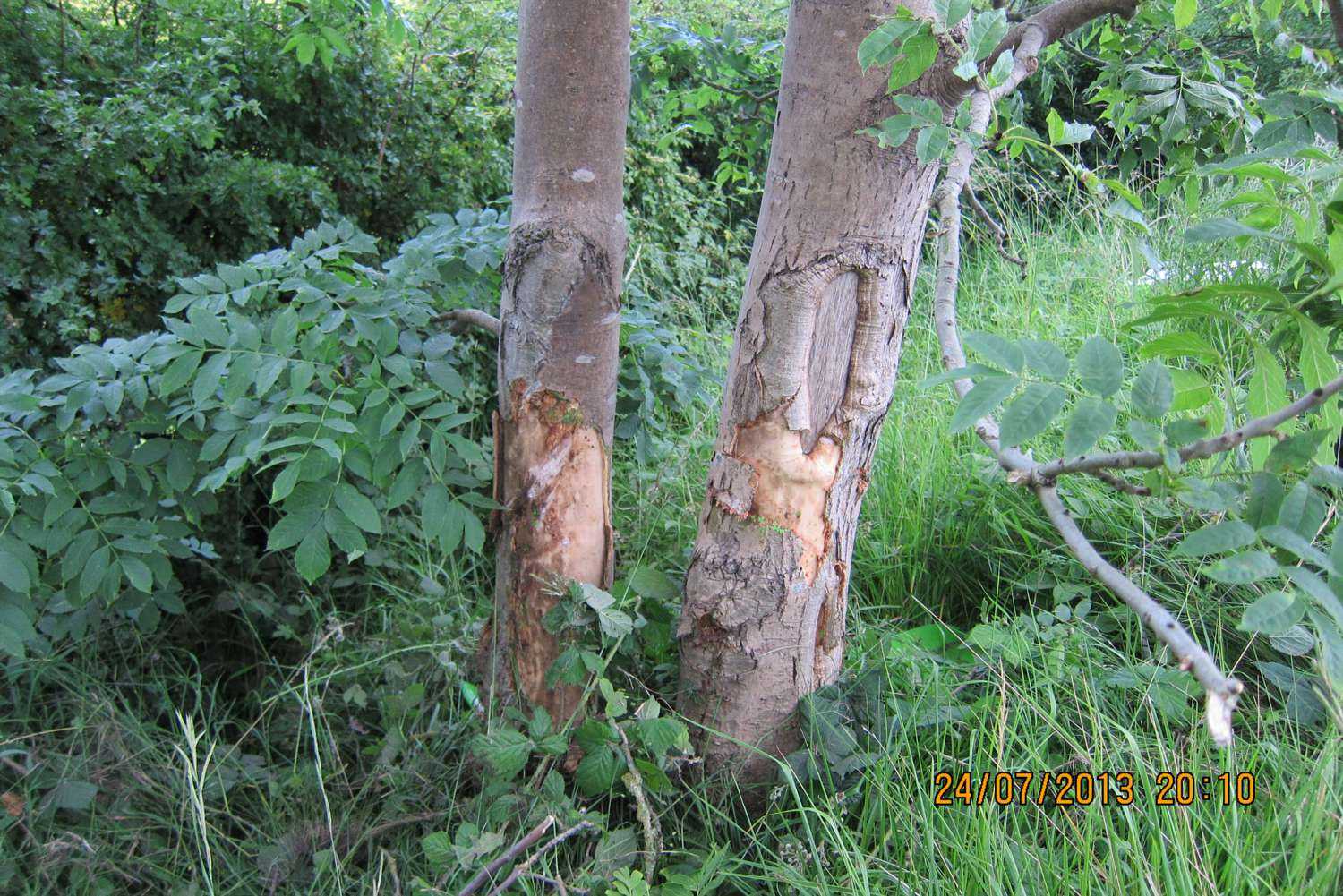
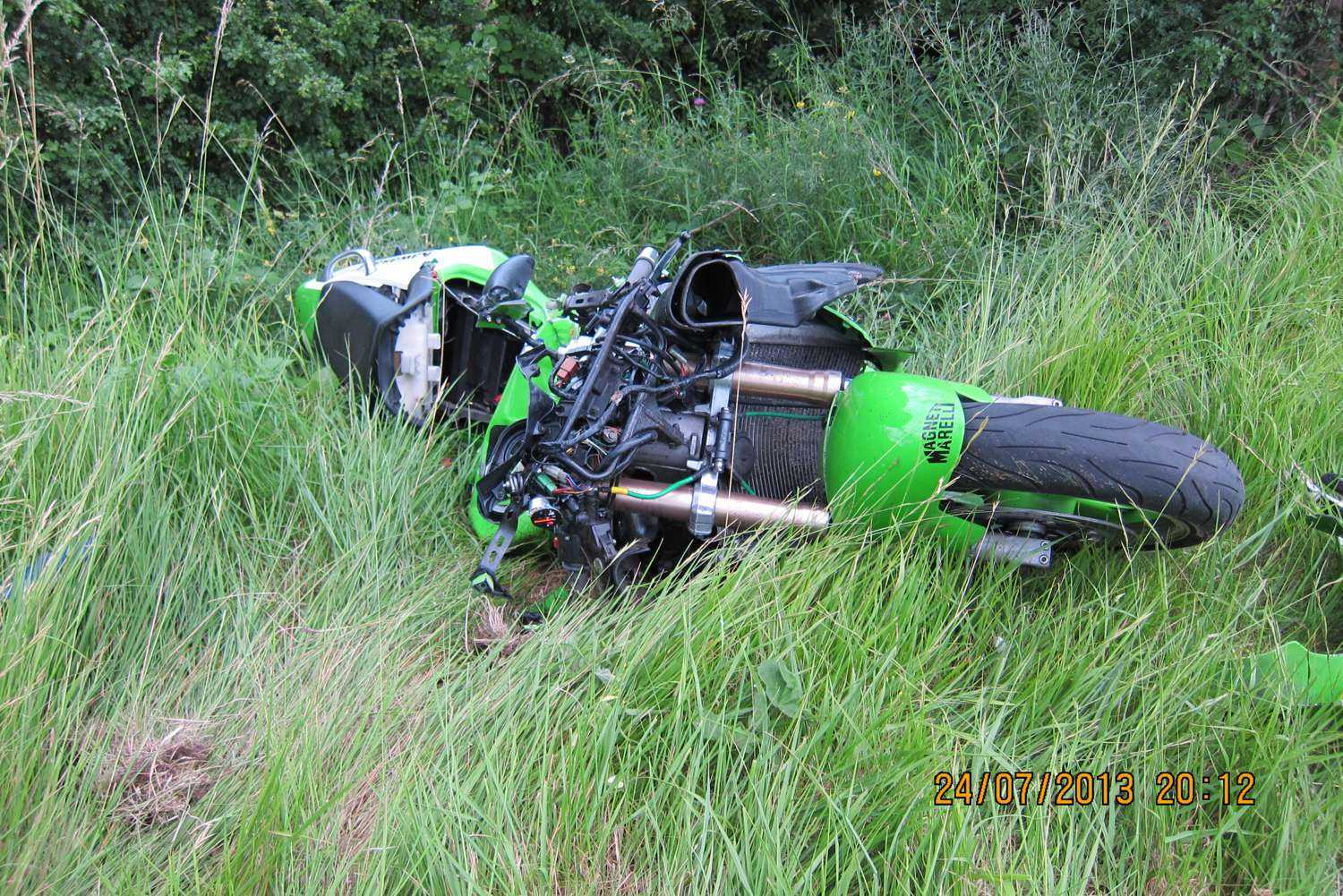
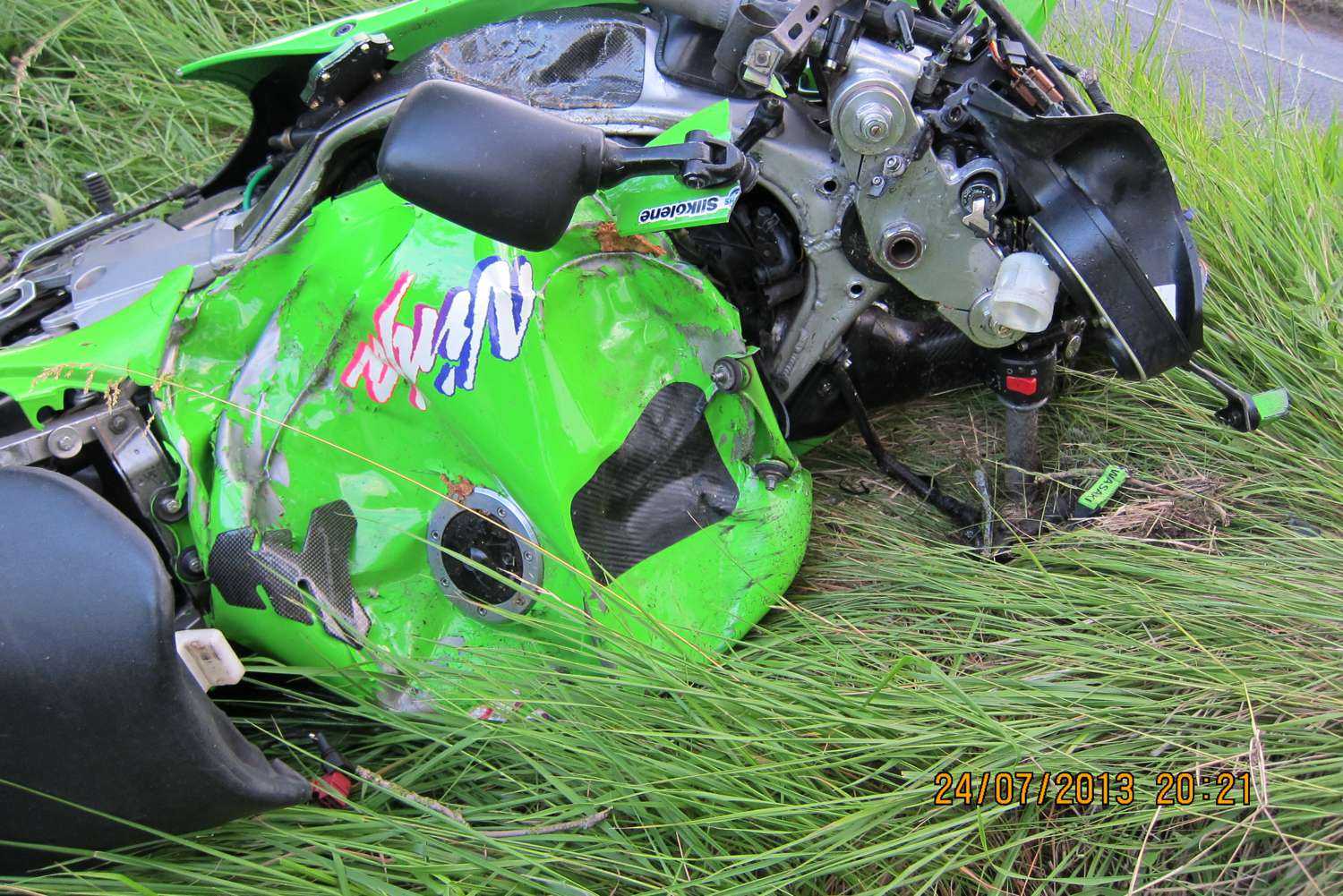
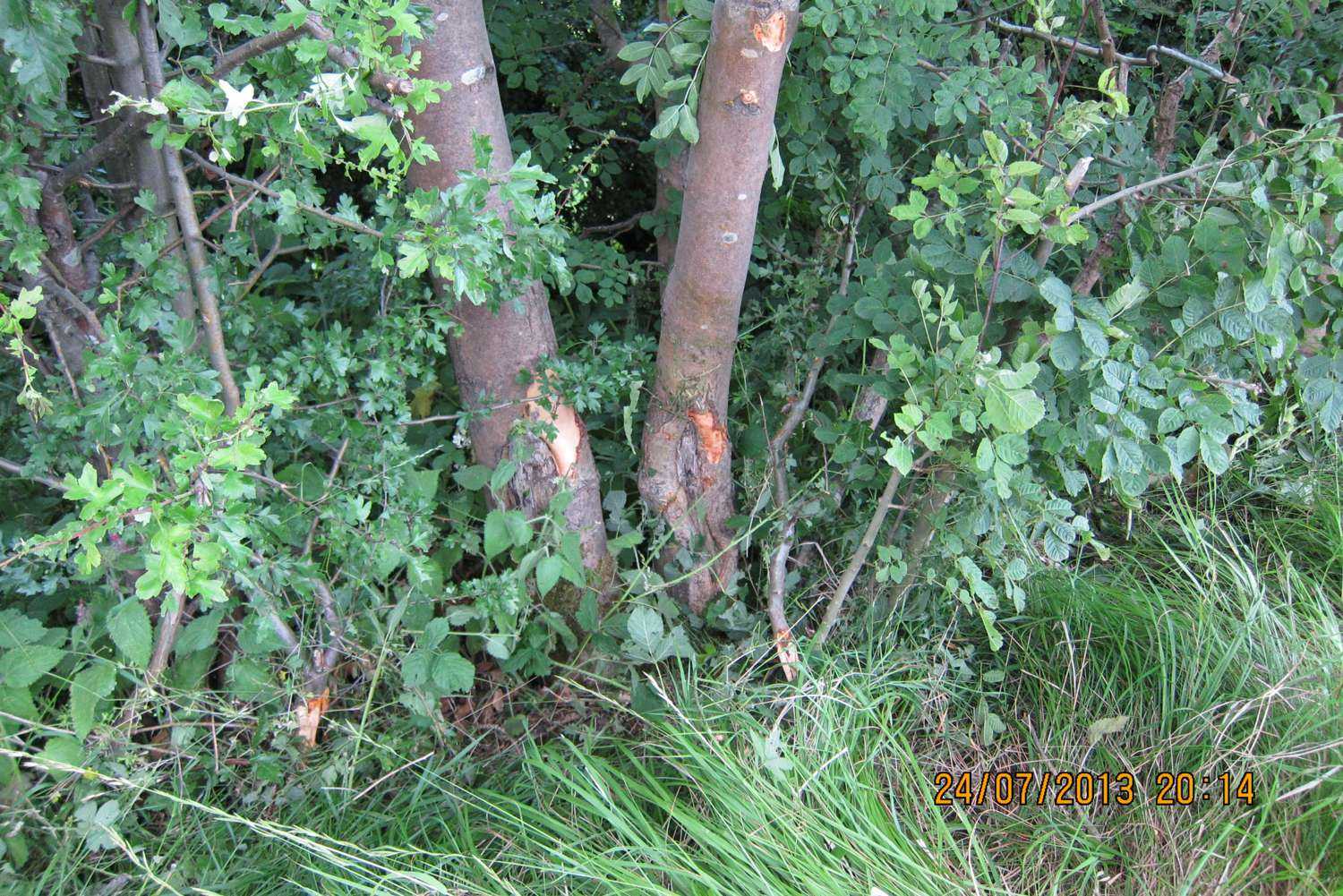
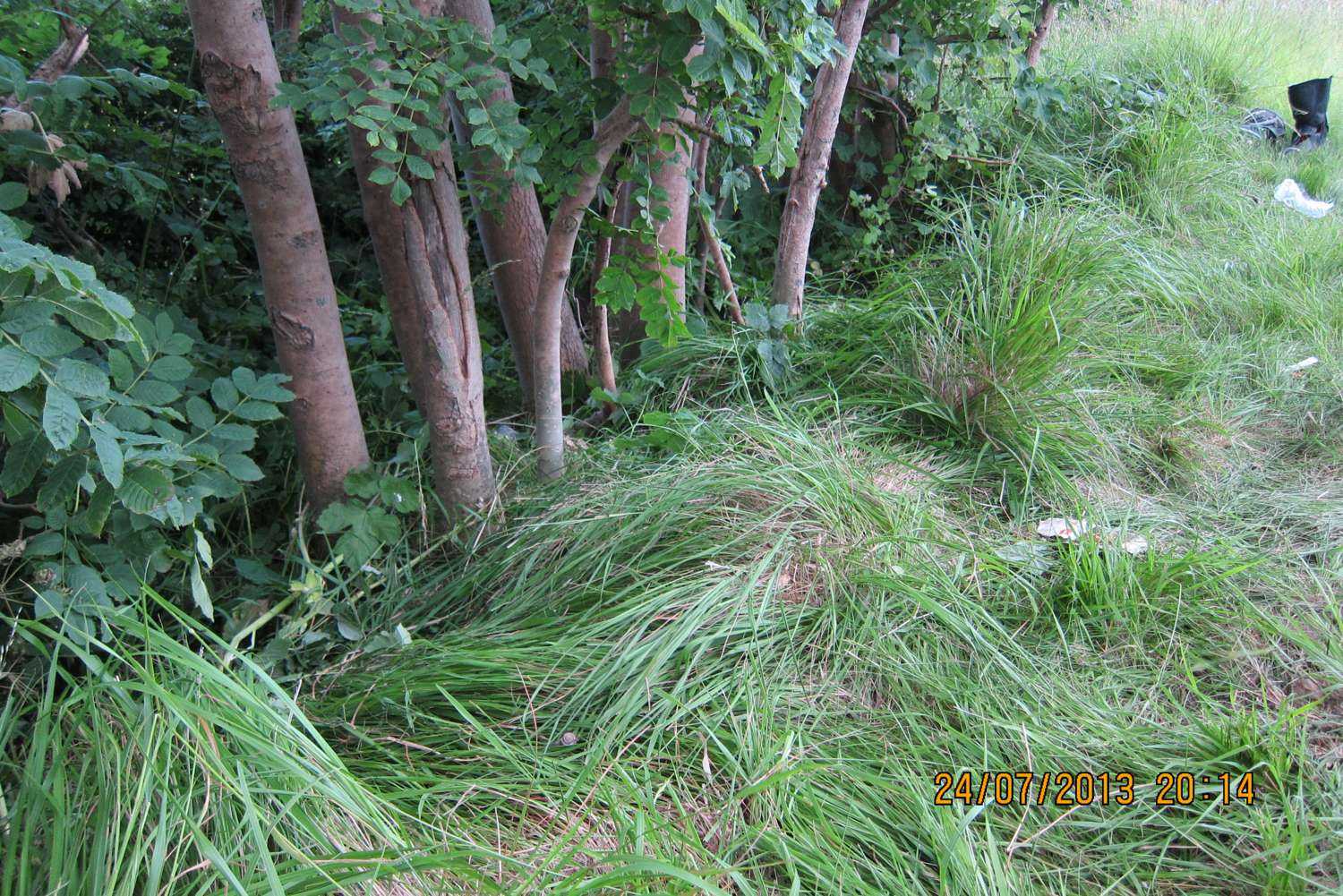
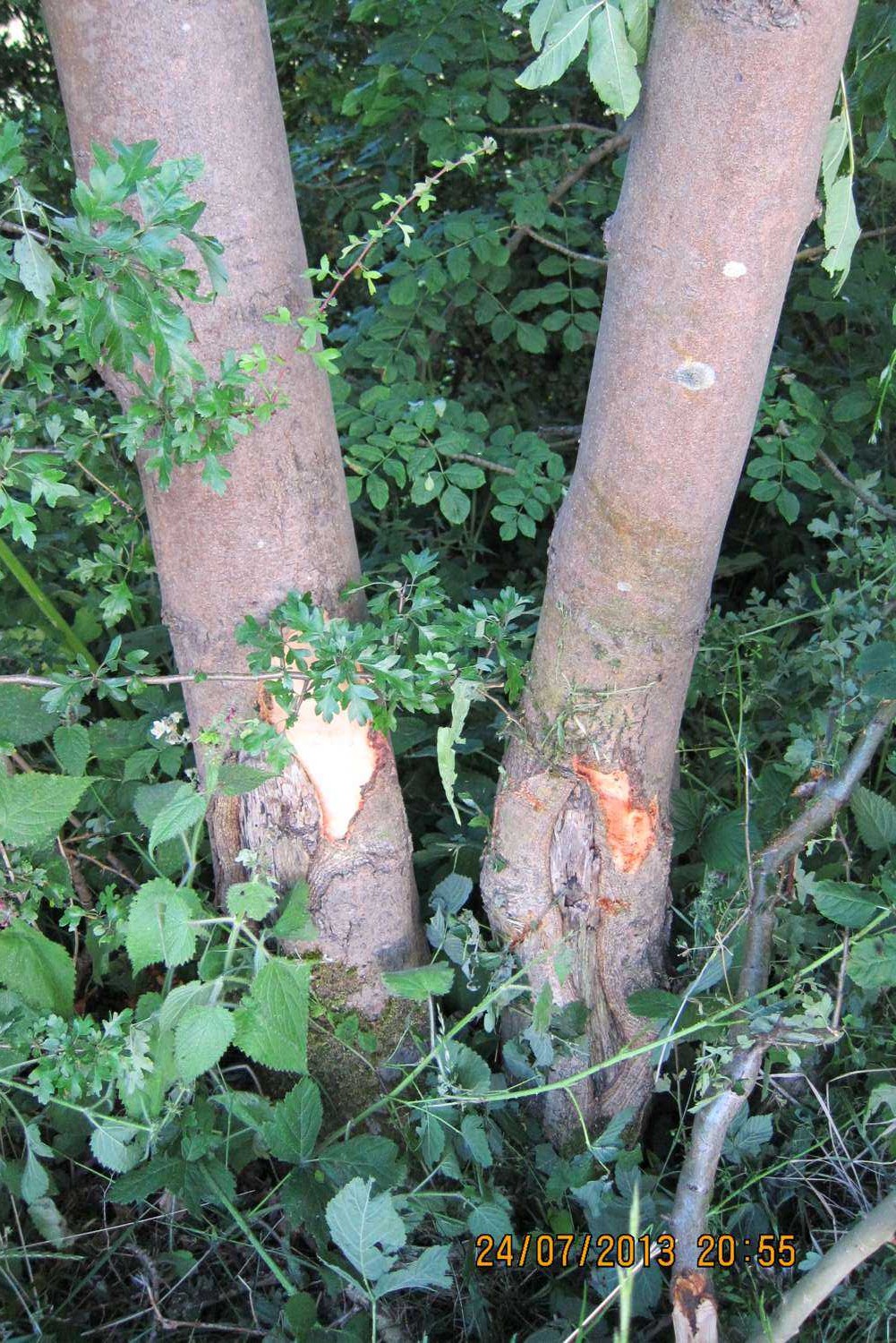
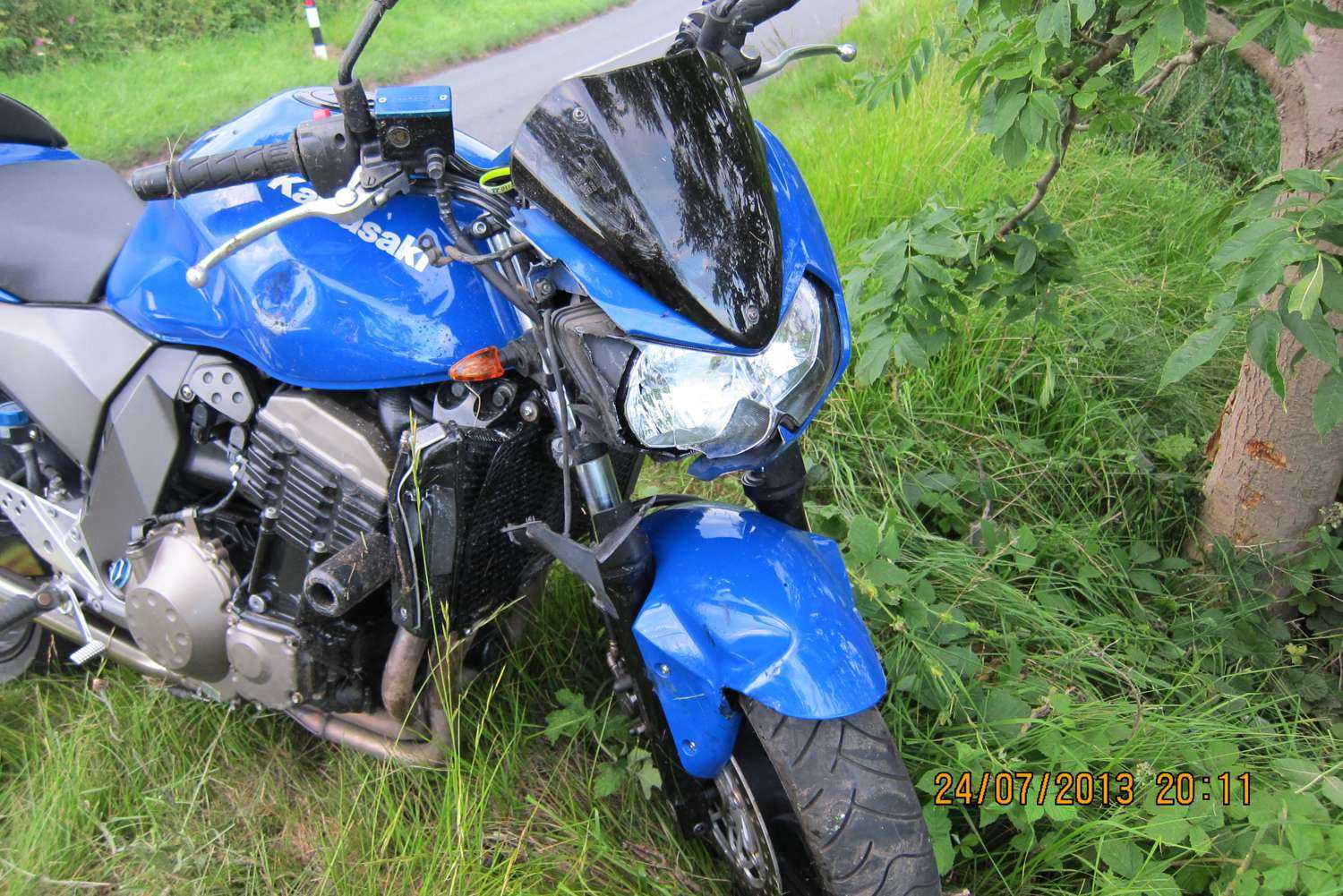
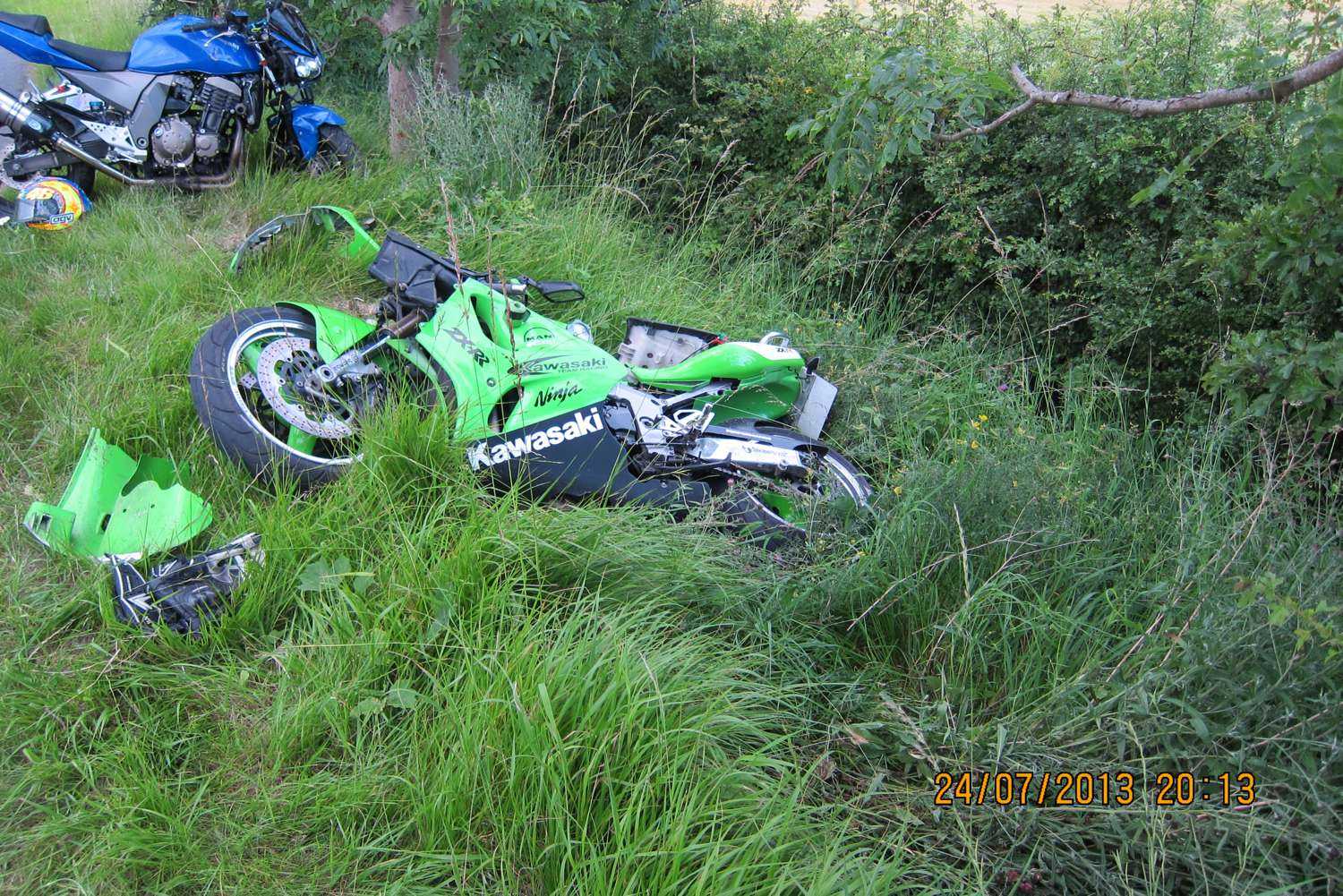
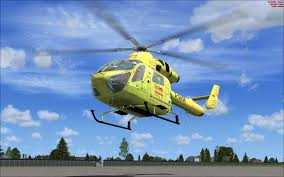
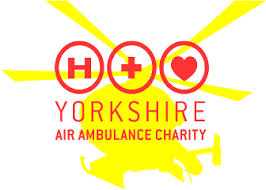

I feel the showing of what happens when people drive bikes with no thought about what can happen when they lose control should be displayed more offten. Every one speeds at some time, but more and more rider’s buy or turn their bikes into racing bikes which are not for racing on the road system we have. I would like to see a system where advanced driving courses should be compulsory after say 12 months of driving, and test past to help them understand what can happen, and be avoided with more knowledge.
Chris,
thanks for your comments and ‘selective’ collisions will be shown to, as you say, highlight bad riding.
There is already a system in place whereby riders are restricted in power for periods of time, the intention is to try to prevent ‘green’ riders having too much power and little control. as with everything this has it’s own issues and only applies to newer riders, there are plenty of licenced people who become riders again after a considerable period not riding.
There is other training, and assessments, available such as Bikesafe.
BikeSafe is a police led motorcycle project that is run by most forces throughout the UK. The main aim is to reduce the number of bikers being hurt on the roads. We think that riding should be fun and by improving skills, knowledge and hazard awareness it will hopefully make riding safer and more enjoyable.
The BikeSafe workshop explores the main issues facing today’s bikers. It also explores the principles of advanced riding through the on-road element. The BikeSafe Observer will give assessment and feedback which will highlight areas where the rider needs to develop.
BikeSafe is about starting on the right path to development as it “Bridges the Gap”. Riders should continue to train throughout their riding years and not just stop once they have passed their bike test.
Having enjoyed a BikeSafe workshop or ride out, the next natural step that we actively encourage is post test motorcycle training from either – I.A.M. (Institute of Advanced Motorists) RoSPA (Royal Society for Prevention of Accidents) or E.R.S. ( The Enhanced Rider Scheme )
Hi thanks for posting such informative photos and advise, I assure you that the vast majority of motorcyclist appreciate it.
Chris I agree some bikers speed at some times but not all, I think a lot of speed is determined by what type of bike people ride.
Ian,
In my opinion, speed is not really down to the machine, but the mind set of the rider, even on a moped, (restricted to 30mph supposedly), you can speed in a 20mph speed limit.
There are lots of owners who own bikes capable of 150mph, but it’s the brain that controls the wrist…….. Everyone slips over the speed limit a little, that’s why we, (and not the safety cameras), apply a slightly higher threshold and common sense approach).
Obviously I have to pass on the ‘don’t speed’ and ‘speed kills’ message, but there are lots of ways of influencing an offenders approach to doing it again!!
“Historically offending motorcyclists have almost been immune from prosecution…This has led to a culture of the East Riding’s roads being viewed as ideal for anti social high speed riding behaviour.”
I would say that the police turning a blind eye to anyone doing less than 85 Mph on roads that carry a legal limit of 60 is confirmation that those speeding on the county’s rural roads are still pretty much immune to prosecution. It is frightening that such blatant speeding is tolerated. (Doing 65 in a 60 might be called ‘slipping over the speed limit a little’, but not 80!) Doubtless the same approach is applied to those speeding in cars, which to my mind much worse given that the vulnerability of bikers makes most of them have a highly developed sense of preservation and cars take up so much more room on the road, so making it harder for a speeding driver to avoid other road users.
So, want to do some illegal, high-speed riding or driving? Come to East Yorkshire, its the ideal venue as the police will do nothing unless you are doing at least 30% over the actual legal speed limit!
This is the trees fault
cut down the trees
Robert,
you seem to have grasped the wrong end of the stick,
“The thresholds used by the team mean that only offenders exceeding 85 mph are referred to the courts system and as such these defendants should be considered as high end offenders”,
refers to those sent directly to court, the ACPO thresholds stand and offenders at lower speeds are offered a diversion from prosecution course, (See Education Vs Enforcement in the August edition 2013), or a Fixed Penalty Notice at £100 and 3 points.
On the flip side, thanks for trying to drum up some business for us, we seem to be fairly successful and the majority of riders are law abiding, we only had 3 motorcycle deaths in 2013 and 2 of those were car drivers driving into bikes!!
Graham,
Thanks for the clarification. The article did not make it clear that someone doing, say 84 Mph in a ’60’, would still face some sort of penalty. That said, I feel that the significant ‘10% plus another 2 Mph’ margin allowed over the actual legal limit by Acpo is misguided, not least because it encourages riders and drivers to treat speed limits as a target, rather than a legal maximum. I also understood that Acpo guidelines also stated that only those doing less than ‘10% plus another 9 Mph’ should be referred to a ‘speed awareness’ course, so Humberside police do seem to be going way beyond what Acpo recommends here.
Whatever, the police certainly don’t seem to apply a similar ‘logic’ to other crimes, for example, refusing to prosecute shoplifters unless the value of the good they steal is over a certain limit!
As to the use of ‘education’ to deal with offenders. Perhaps in some circumstances this is justifiable, although such courses will probably do nothing to actually alter a driver’s behaviour or attitudes, even if they are intelligent enough to pay lip-service to the goals of the course. However, I know from experience that the police will often allow a driver to take an education course even when they have caused a serious injury to another road user. In my view, in all cases resulting in injury to a third party, the driver should be dealt with via the courts.